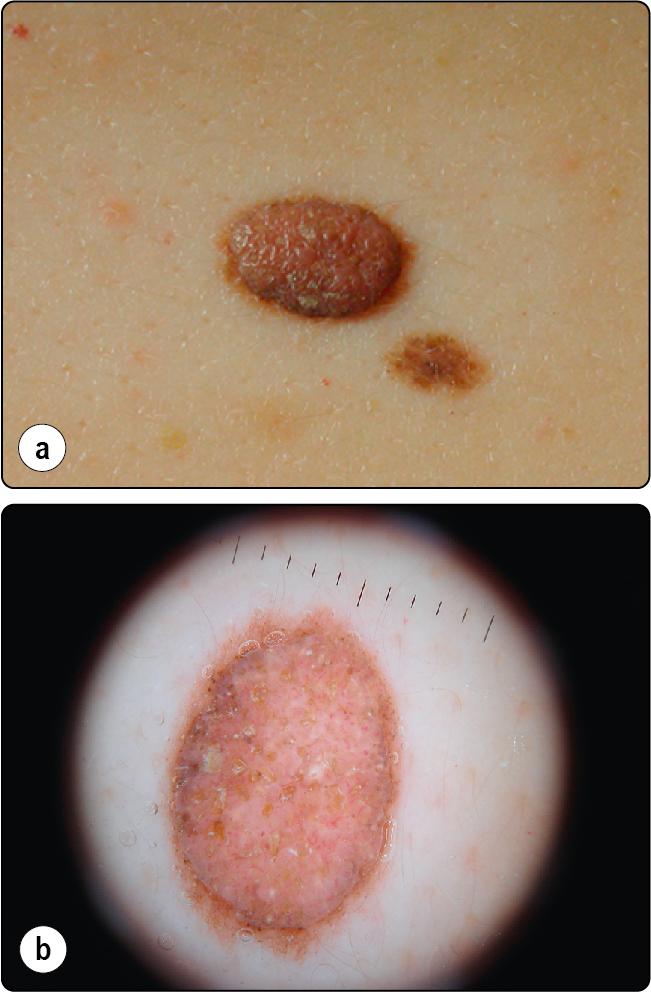Physical Address
304 North Cardinal St.
Dorchester Center, MA 02124
The practice of close visual examination of skin lesions with a handheld magnifying glass and a light has been employed by dermatologists for many years. Dermoscopy (syn. dermatoscopy) was developed in the 1990s as a tool to reduce the reflectance of light from the skin surface and allow the user to gain visual information from deeper within the skin structures than is possible with traditional lighting. Dermoscopy is useful for basal cell carcinoma, haemangioma, seborrhoeic keratoses, dermatofibroma, blue naevi, sebaceous gland hyperplasia, and melanocytic lesions. Essentially two approaches are utilized to achieve this goal.
The user applies a liquid to the skin surface and contacts this with an illuminated glass magnifier (dermatoscope). Contact liquids include oil, 70% ethanol or isopropanol, KY lubricant and ultrasound gel, but most users now just use the widely available alcohol handwash gel. For application near the eyes, users need to be cautious about avoiding gel contact with the ocular surface. There are reasonable choices of contact dermatoscope brands available ( Fig 11.1 ).

Become a Clinical Tree membership for Full access and enjoy Unlimited articles
If you are a member. Log in here